
AeroGenie – Ihr intelligenter Copilot.
Trends
Categories
Alaska Airlines Begins Daily Seattle-Tokyo Narita Service Operated by Hawaiian Airlines
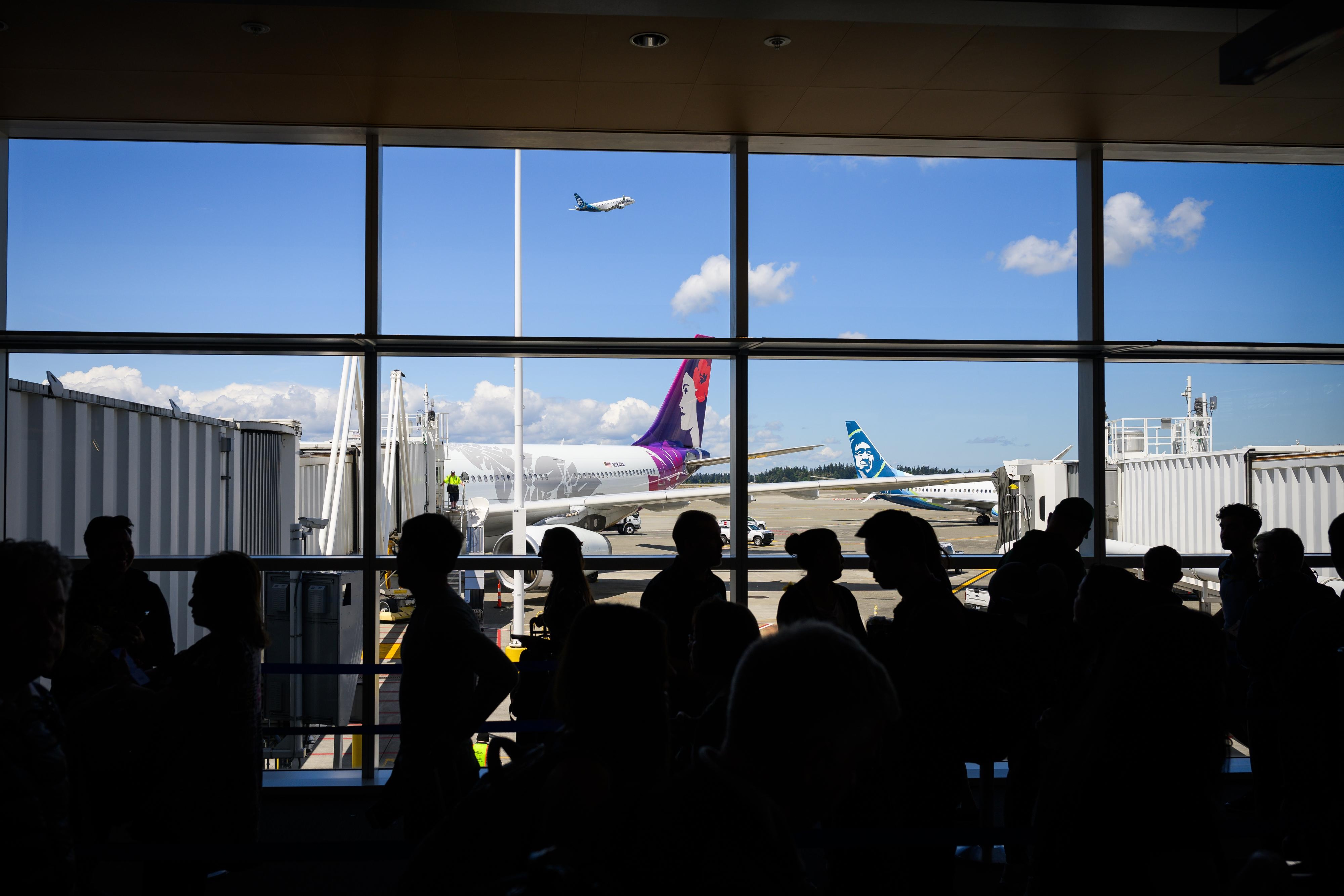
Alaska Airlines Launches Daily Seattle-Tokyo Narita Service Operated by Hawaiian Airlines
Alaska Airlines has commenced a new daily nonstop flight between Seattle and Tokyo Narita, operated using Hawaiian Airlines’ long-haul aircraft. This development marks a notable expansion for Alaska Airlines, as it introduces widebody international flights from its Seattle-Tacoma International Airport (SEA) hub, thereby enhancing its global connectivity.
Strategic Importance of the New Route
The Seattle-Tokyo Narita service establishes Seattle as a vital gateway linking the Pacific Northwest with Japan. Alaska Airlines’ SEA hub is already the largest on the West Coast, offering nonstop flights to 104 destinations across North America. Geographically, Seattle holds a strategic advantage as the closest U.S. city to Tokyo, situated approximately 7% nearer than San Francisco and 13% closer than Los Angeles. This proximity has the potential to reduce flight times, providing a competitive edge for travelers seeking efficient transpacific connections.
By leveraging Hawaiian Airlines’ aircraft and operational expertise, Alaska Airlines aims to elevate Seattle’s status as the premier West Coast gateway for international travel. The partnership reflects a strategic effort to broaden Alaska’s international footprint and diversify its service offerings.
Competitive and Operational Challenges
The launch of this route occurs within a highly competitive environment. Established carriers such as Japan Airlines and Delta Air Lines already serve the Seattle-Tokyo corridor, presenting significant competition for market share. Industry analysts anticipate that this increased rivalry may prompt fare adjustments and enhancements in service quality as airlines strive to attract passengers on this popular transpacific route.
In response, competitors may expand their route networks or upgrade onboard amenities to maintain their market positions. Alaska Airlines also faces operational complexities inherent to long-haul international flights, including securing appropriate aircraft availability and managing intricate crew scheduling requirements.
Despite these challenges, Alaska Airlines expresses confidence in the new service’s ability to strengthen connectivity and provide travelers with additional options between the United States and Japan. The expansion underscores the airline’s commitment to growth and innovation within a dynamic and evolving market.

Growth Expected in Aviation Biofuels Market

Civil Aviation Minister Says Air India Crash Investigation Is Thorough and Professional
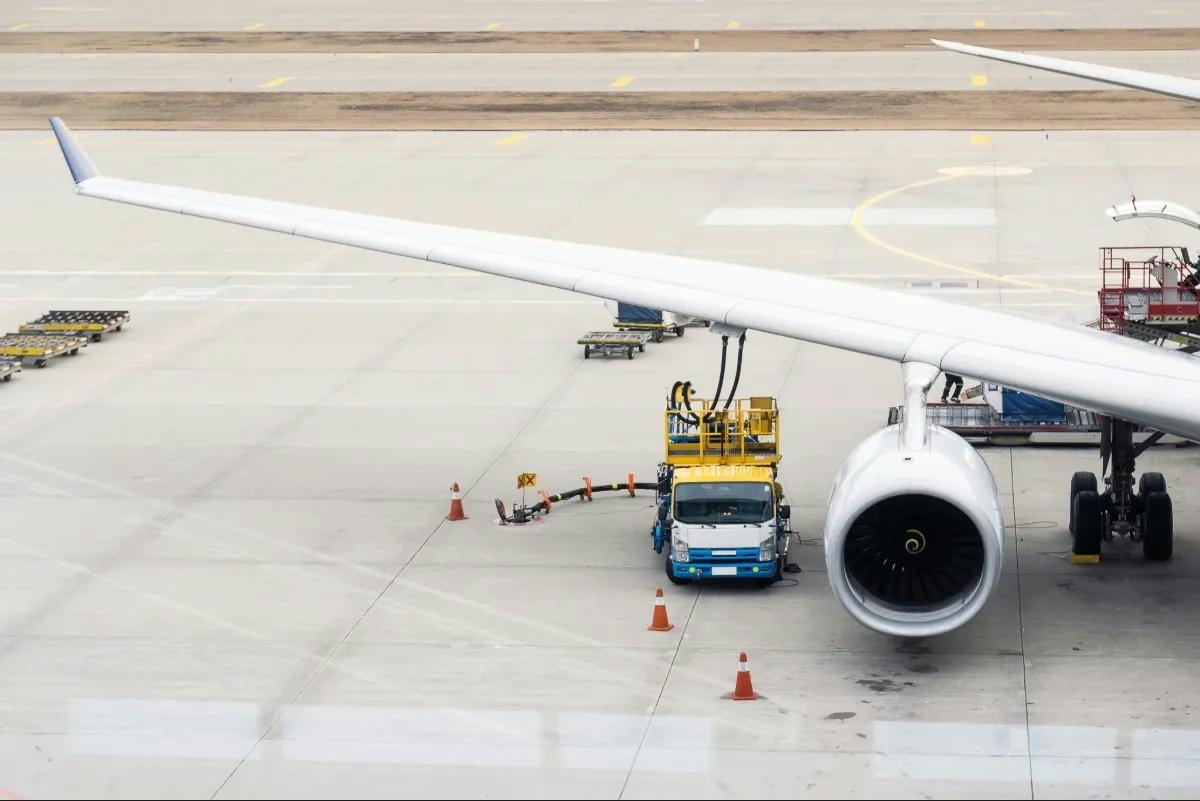
Airline Industry Challenges in 2025: Layoffs, Mergers, and AI Pricing
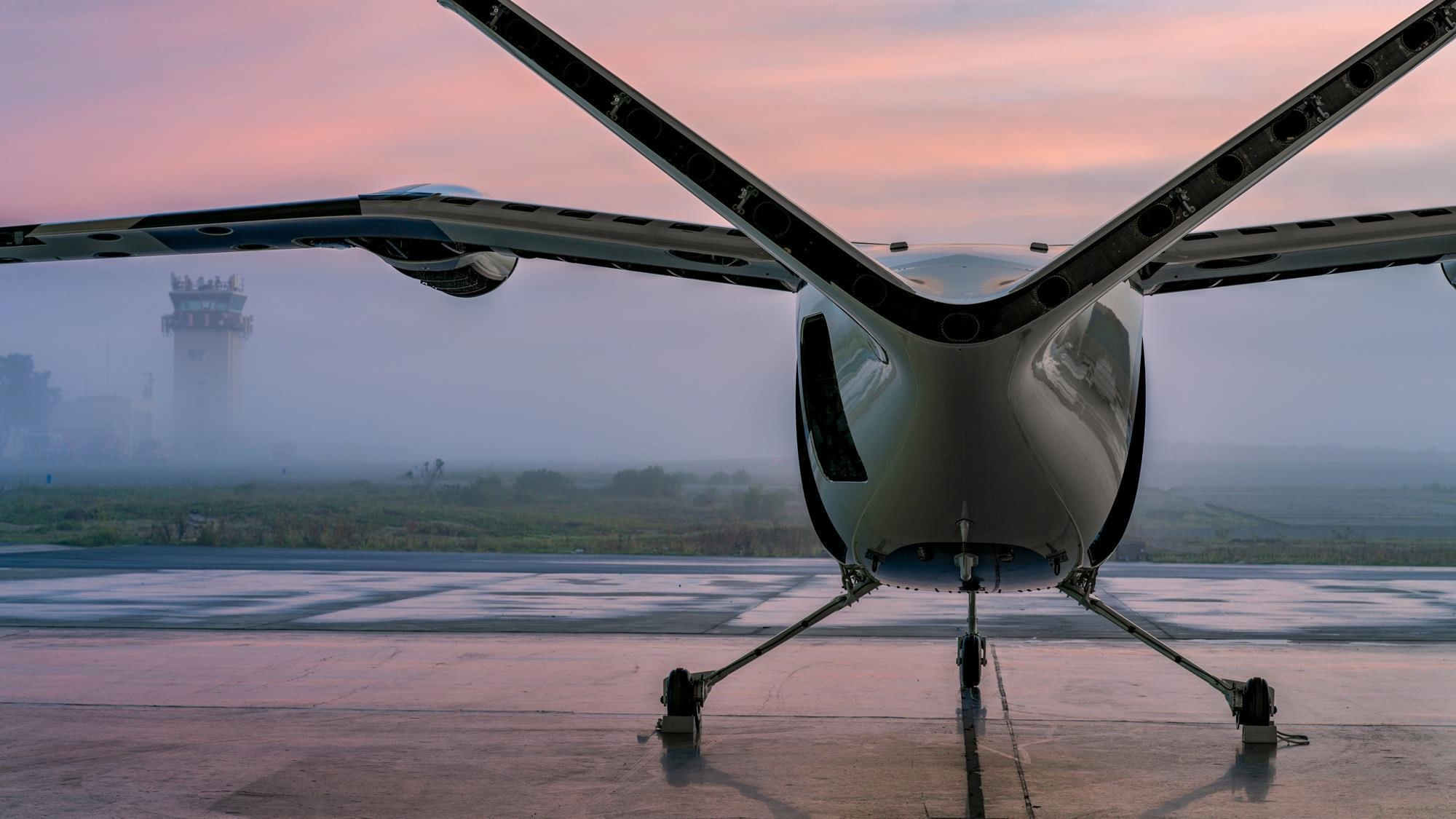
FAA to Review Honda’s Exemption Request for eVTOL Aircraft Trials in the US
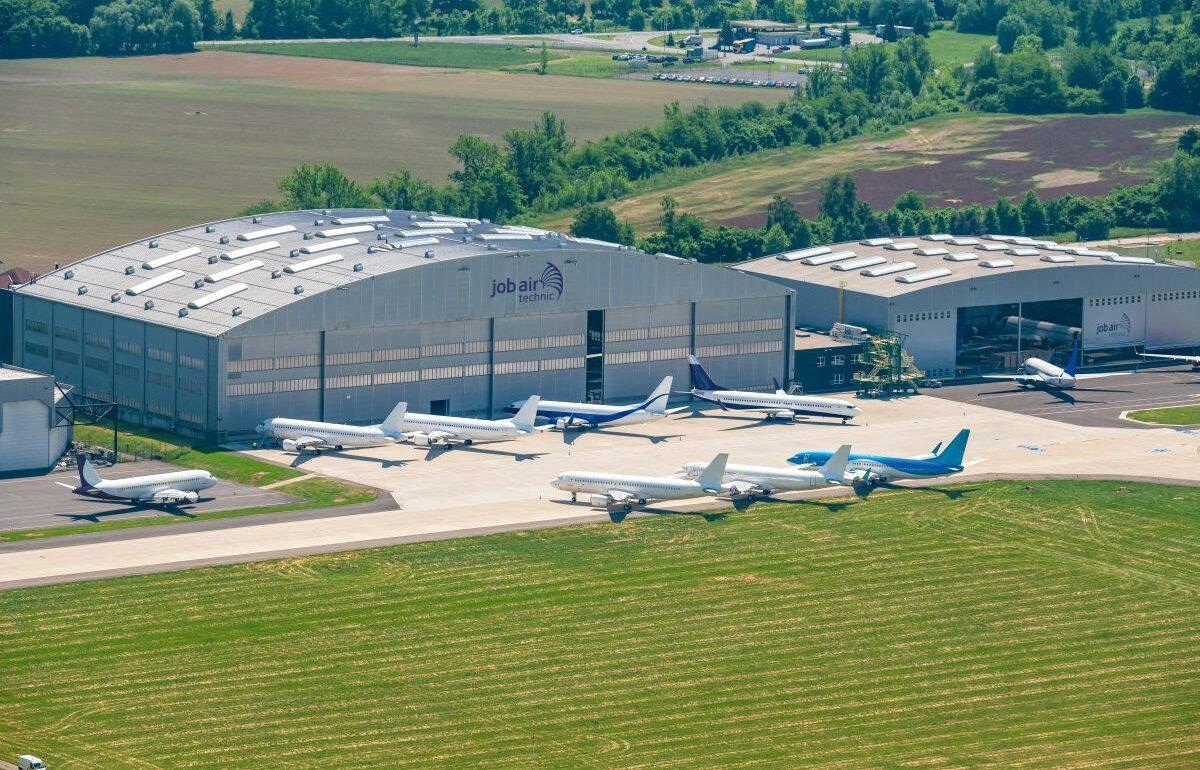
New Aviation Maintenance and Training Center Planned for North Bali

Airbus Exceeds 2025 Delivery Target with 793 Aircraft
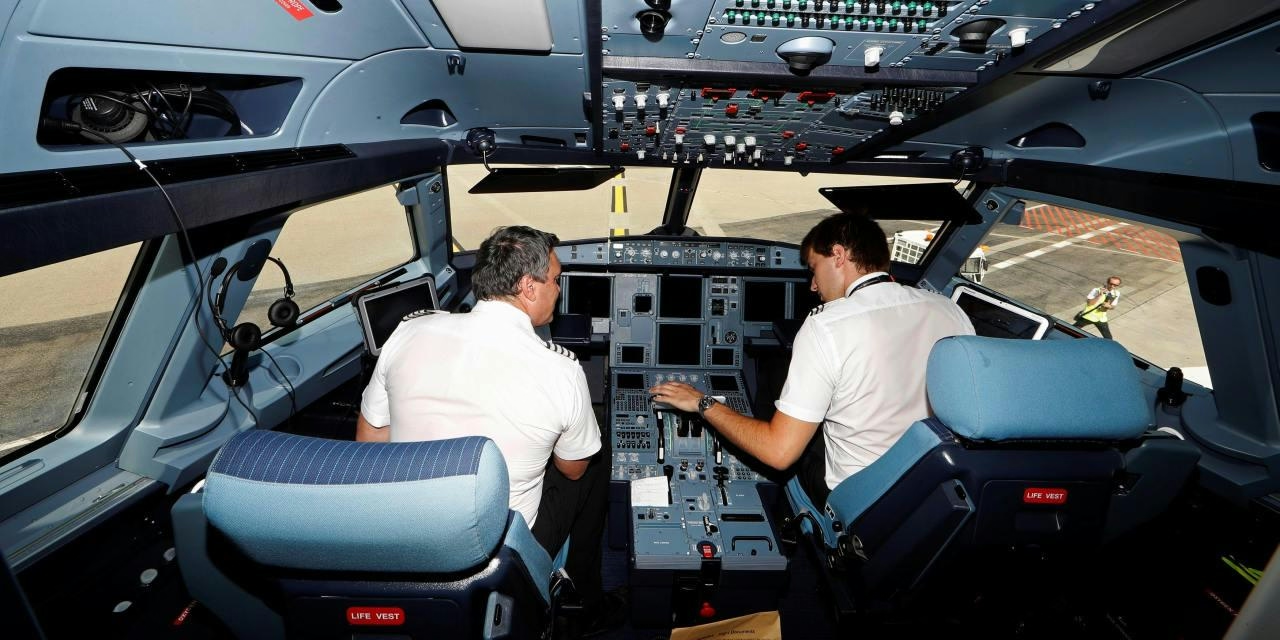
TransDigm Group Reshapes the Aerospace Supply Chain
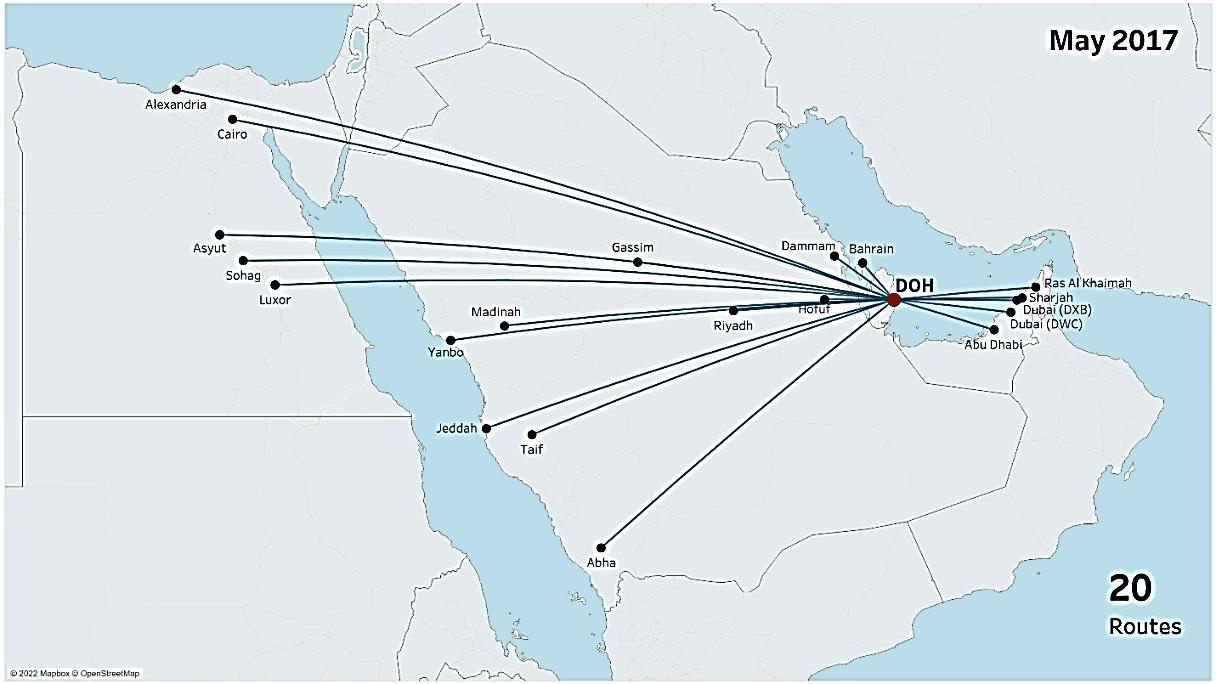
Qatar Secures ICAO Re-election and Expands Aviation Routes

UAE and China Advocate for Flying Taxis Over Self-Driving Cars
